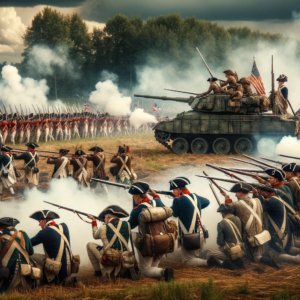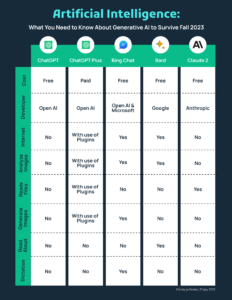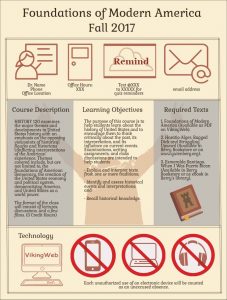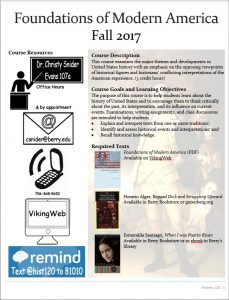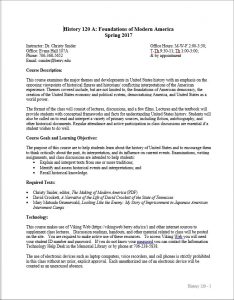This spring, Berry College hosted a four-part discussion series titled Teaching & Work at the Dawn of Generative AI, built around Jose Antonio Bowen and C. Edward Watson’s book, Teaching with AI: A Practical Guide to a New Era of Human Learning. Designed for faculty and staff across academic and administrative roles, the series created space to examine how AI is reshaping teaching, advising, learning, and professional workflows.
Each session combined small-group dialogue with hands-on assignments. Topics included AI ethics and literacy, using AI to streamline repetitive tasks, building a custom tutor using Stanford’s Bot101, and exploring the educational possibilities of Google’s NotebookLM.
What did participants take away?
- Participants attended an average of 3.5 out of 4 sessions.
- 88% found the small-group discussions either somewhat or extremely helpful.
- Nearly half rated the AI assignments extremely useful.
- Two-thirds left the series feeling extremely confident in using AI in their professional tasks.
The series sparked thoughtful conversations about how to use AI responsibly, creatively, and ethically in higher education. Participants also voiced interest in future offerings—particularly discipline-specific workshops, use-case panels, and peer-led training.
If you’re exploring how to introduce generative AI on your campus or in your department, I’m sharing the full set of lesson plans and assignments from the series: Teaching and Work at the Dawn of Generative AI.


